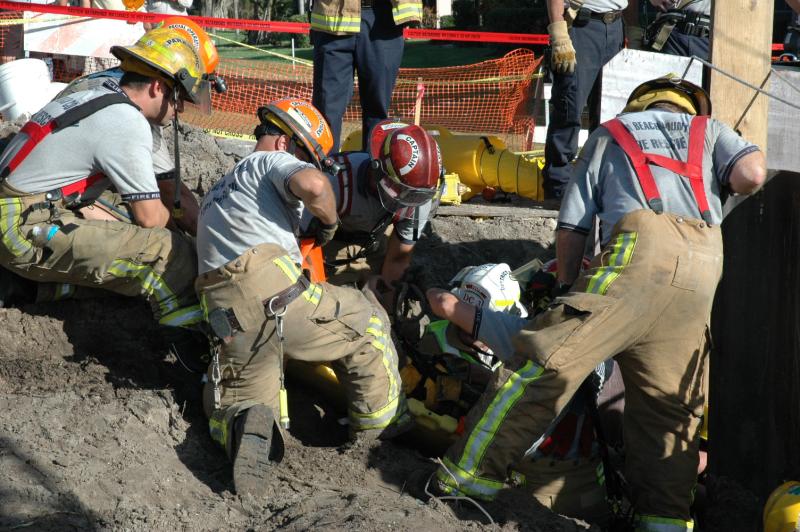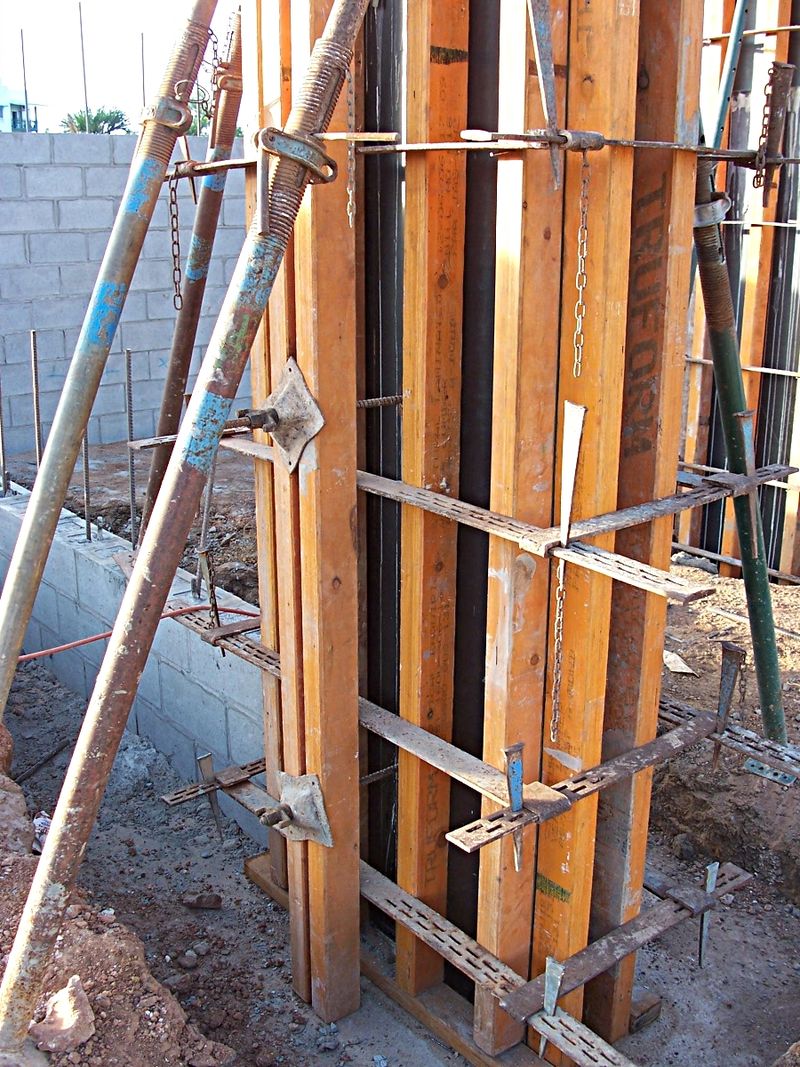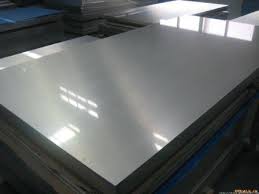New OSHA Rule to better track and prevent injuries at work
 Injury data collection is getting modernized at the Occupational Safety and Health Administration (OSHA). A new rule was recently released in regard to workplace injury tracking. Effective January 1st 2017, the new rule requires some employers including those in high risk industries such as the construction industry to submit electronic records of injuries and illnesses.
Injury data collection is getting modernized at the Occupational Safety and Health Administration (OSHA). A new rule was recently released in regard to workplace injury tracking. Effective January 1st 2017, the new rule requires some employers including those in high risk industries such as the construction industry to submit electronic records of injuries and illnesses.
For decades OSHA has been recording data related to injury and illness on the job. Employers are required to record onsite injury and illnesses in specific forms often called the “OSHA Log”. The recording of injury and illness is an invaluable tool in detecting serious hazards on the work place and finding solutions to prevent them.
The new rule requiring electronic filing allow for a faster and more transparent reporting of injuries. Data will be released in standard open format. OSHA strongly believes that public disclosure will help “nudge” employers to focus on safety. Additionally researchers will be able to use this data to find new ways to improve workplace safety.
 New York Personal Injury Attorneys Blog
New York Personal Injury Attorneys Blog








